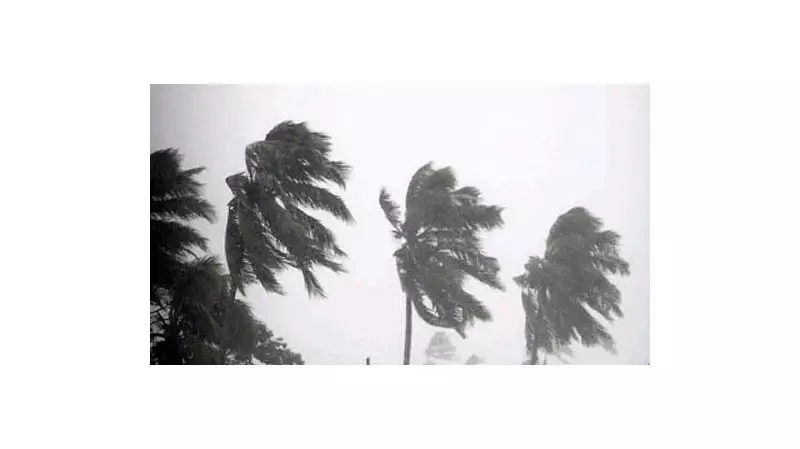
The coastal state of Andhra Pradesh is on high alert as Cyclone Montha intensifies over the Bay of Bengal, prompting the state government to implement a comprehensive disaster management strategy aimed at minimizing potential damage and ensuring public safety.
Emergency Operations in Full Swing
Under the direct supervision of Chief Minister YS Jagan Mohan Reddy, the state administration has mobilized all essential departments to coordinate relief efforts. The Chief Minister has issued strict directives to district collectors in vulnerable coastal regions, emphasizing the need for proactive measures and seamless inter-departmental cooperation.
Essential Supplies Protection Plan
The government has established a robust system to maintain uninterrupted essential supplies throughout the cyclone period. Key measures include:
- Food Security: Ample stocks of rice, dal, and other essential commodities prepositioned in strategic locations
- Power Infrastructure: Emergency teams deployed to handle electricity disruptions and restore services rapidly
- Drinking Water: Special arrangements to ensure continuous supply and emergency distribution if needed
- Medical Readiness: Hospitals and healthcare centers fully stocked with medicines and emergency equipment
Evacuation and Shelter Strategy
Authorities have identified low-lying and coastal areas as priority zones for potential evacuation. The disaster management plan includes:
- Establishment of relief camps with proper sanitation facilities
- Coordination with National Disaster Response Force (NDRF) teams
- Deployment of State Disaster Response Force (SDRF) personnel
- Readiness of emergency communication systems
Continuous Monitoring and Public Awareness
The government is maintaining constant communication with the Indian Meteorological Department to track the cyclone's progression. Regular bulletins are being issued to keep citizens informed about developing situations and safety protocols.
Fishermen and coastal communities have been specifically advised to exercise extreme caution and follow official guidance as the situation evolves.
The comprehensive approach demonstrates the state's commitment to disaster preparedness and public welfare, learning from previous cyclone experiences to enhance response mechanisms and protect vulnerable populations.





